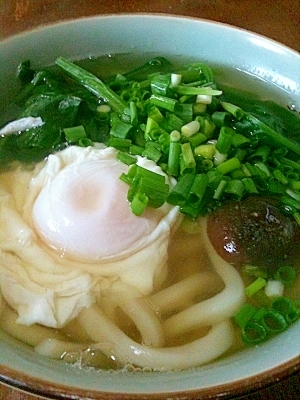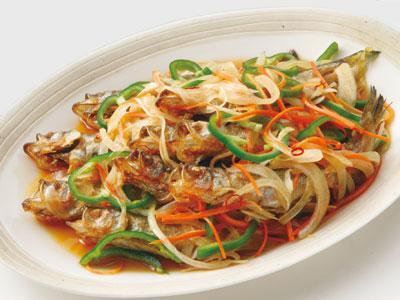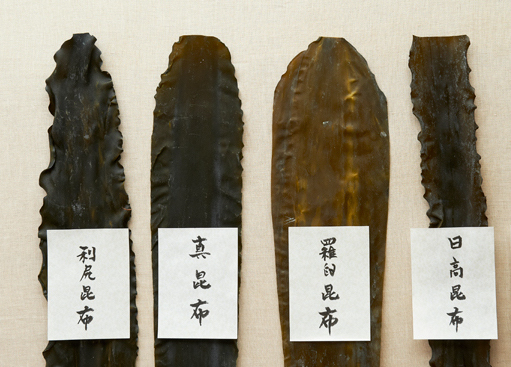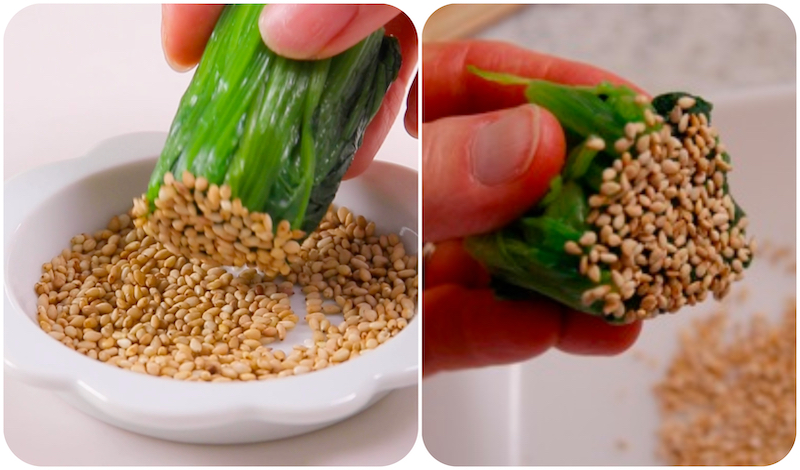
by Elizabeth Andoh | Sep 15, 2020 | Autumn
Tsukimi Udon Moon-Viewing Noodles 月見うどん As summer turns to fall, the moon wanes in a particularly luminous fashion. Indeed, the Harvest moon is celebrated in stories and songs around the world. In Japan, tsukimi, or “moon-viewing” also has a place at table. This...

by Elizabeth Andoh | Sep 1, 2020 | Autumn
NANBAN-ZUKÉ 南蛮漬け (Southern Barbarian Style Fried-and-Pickled Fish) NANBAN refers to the Portuguese, the “southern barbarians” who settled in the port of Nagasaki, Kyushu late in the 16th century. In addition to Christianity and trade, these early Portuguese visitors...

by Elizabeth Andoh | Nov 28, 2019 | Autumn, Recipes
Four varieties of kombu (left to right): Rishiri, ma, Rausu, Hidaka. Find out about the differences among kombu varieties and how best to make stock from them. 昆布の力 Kombu Power All varieties of kombu are rich in umami seibun, or glutamates; the essence of flavor...

by Elizabeth Andoh | Nov 12, 2019 | Autumn, Recipes
Spinach ohitashi garnished with katsuo-bushi flakes. Spinach Steeped in Broth Hōrensō no Ohitashi ほうれん草のお浸し The verb hitasu means “to steep” and is the root of the word ohitashi, a classic dish frequently seen on Japanese restaurant menus, served at family dinner...

by Elizabeth Andoh | Oct 22, 2019 | Autumn, Recipes
Fresh kaki persimmons “Kaki ga akaku naru to isha ga aoku naru” (as persimmons turn to orange, doctors turn green) is a Japanese saying similar to the American “an apple a day keeps the doctor away.” This adage attests to the powerhouse of nutrients found in ripe...

by Elizabeth Andoh | Oct 12, 2019 | Autumn, Recipes
HARAKO MESHI, rice cooked with salmon and topped with roe ハラコ飯Harako Meshi Salmon Rice with Roe Archaeological evidence dating back at least 5,000 years shows that the early inhabitants of the Tohoku – the Jomon peoples—fished for salmon. The ancient coastline is...







